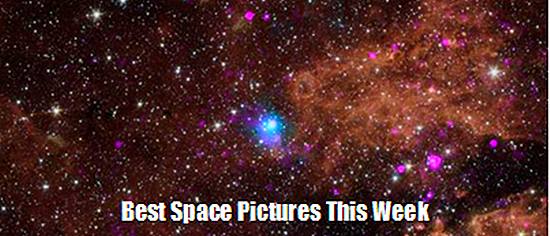
Week's Best Space Pictures: A Star Pulses, a Hurricane Rages, and a Planet SucksBy Jane J. Lee, National Geographic News, 19 September 2014.
Astronomers catch the blue light from a pulsar, a hurricane makes landfall, and an exoplanet sucks the life out of its star in the week's best space pictures.
1. What a Sap
Researchers using NASA's Chandra X-ray Observatory noticed that the star, dubbed WASP-18, has low activity levels that make it seem much older than other stars its age. WASP-18 is actually fairly young, between 500 million and two billion years old, compared with our sun, which is about five billion years old and only approaching middle age. (Learn how researchers tell the age of a star.)
WASP-18's exoplanet companion is probably the reason for the star's premature aging, astronomers think. The planet is known as a "hot Jupiter" due to its size - about ten times the mass of Jupiter - and its proximity to the star. WASP-18b completes an orbit around its star in less than 23 hours.
That close relationship probably bodes ill for the star, researchers say. The planet's gravitational pull is likely messing up WASP-18's magnetic field, resulting in a lot less activity in the form of x-ray emissions and flares, making the star act older than it really is.
2. Night-Shining Clouds
A thin blue line pierces the gloom above the setting sun in an image released September 15. The blue signals the presence of polar mesospheric clouds, also known as night-shining clouds.
Usually glimpsed only at the Poles, these wispy clouds - which form 50 to 60 miles (80 to 100 kilometres) above the ground - have been spotted as far south as Colorado and Virginia during the past several decades. They have also grown thicker and brighter over the years.
Researchers think the changes are probably due to climate shifts that are injecting more water vapour into Earth's upper atmosphere. (See "New Science Reveals Secrets of Night-Shining Crystal Clouds.")
Astronauts on board the International Space Station snapped the image above as the orbiter flew over Ukraine.
3. Glacial Flight
The red of a DHC-3 Otter pops against the dust and dirt smeared on a mountain glacier in Alaska. The image was taken as part of a NASA project measuring thinning sea ice and recording cloud and atmospheric changes in the Arctic.
4. The First Jets
An artist's illustration, released September 19, captures the violent death of one of the universe's first stars. Researchers think these incredibly early supernovae seeded the universe with heavy elements such as iron. (See "Newfound Star May Be Oldest in the Universe.")
5. Supermassive Black Hole
This supermassive black hole crouches in the middle of galaxy M60-UCD1 in an artist's illustration released September 17. The galaxy lies about 50 million light-years away and is tiny: At just 300 light-years across, it is about 1/500th the diameter of the Milky Way. M60-UCD1 is also very dense, with roughly 140 million stars. (See "Triple Monster Black Hole Discovered.")
6. Odile From Space
NASA's Terra satellite captured an image of Hurricane Odile on September 15, one day after it made landfall near Cabo San Lucas, Mexico. The storm, a category 3, tied 1967's Hurricane Olivia as the strongest storm to come ashore in the Mexican state of Baja California Sur in the satellite era. (See "Hurricane Science: How Storms Like Arthur Form and Grow.")
7. A Blue Pulsar
The magnetic core of a star, shown in blue, spins on after the rest of it was obliterated in a supernova. The pulsar - named for the pulses of radiation it emits - is located in the inner Milky Way galaxy, some 42,000 light-years away from Earth.
Photo gallery by Sherry Brukbacher.

![wps2EAF.tmp[6] wps2EAF.tmp[6]](http://lh3.ggpht.com/-jrMDLY9ws_8/VB1JLAyN7YI/AAAAAAACtpY/zlcUJLsiapg/wps2EAF.tmp6_thumb26.png?imgmax=800)
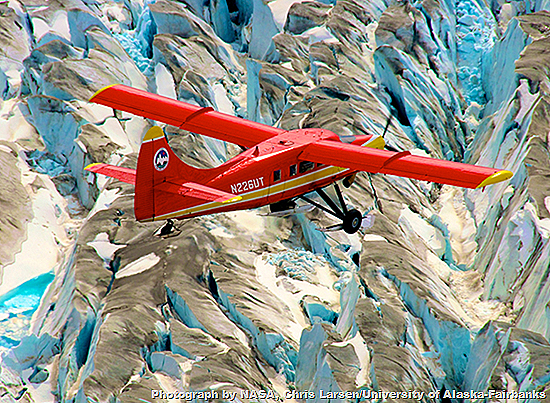
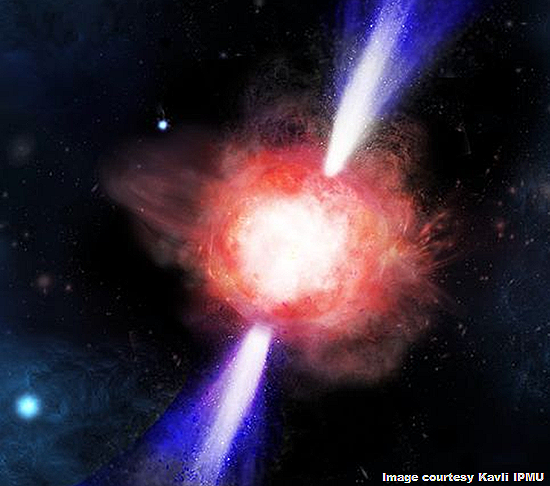
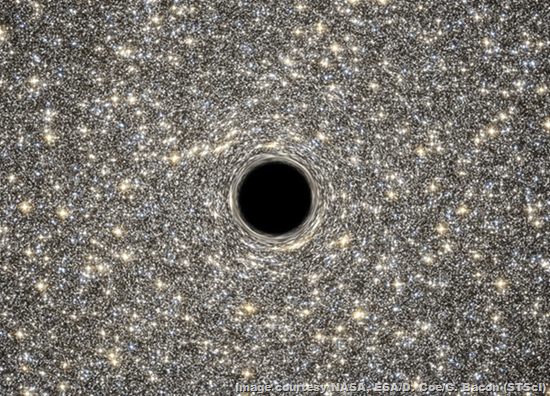
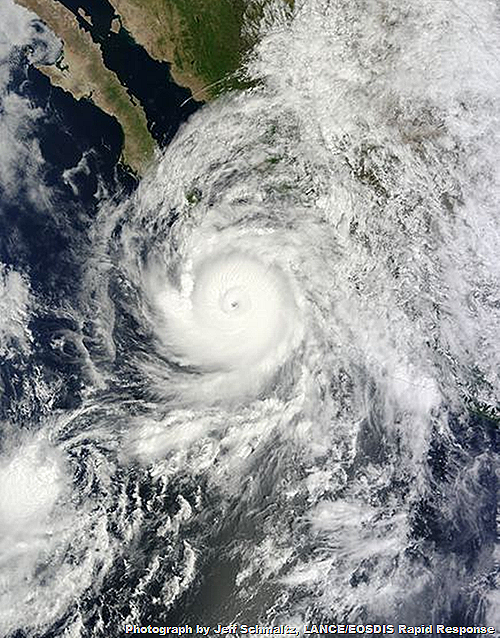

No comments:
Post a Comment
Please adhere to proper blog etiquette when posting your comments. This blog owner will exercise his absolution discretion in allowing or rejecting any comments that are deemed seditious, defamatory, libelous, racist, vulgar, insulting, and other remarks that exhibit similar characteristics. If you insist on using anonymous comments, please write your name or other IDs at the end of your message.